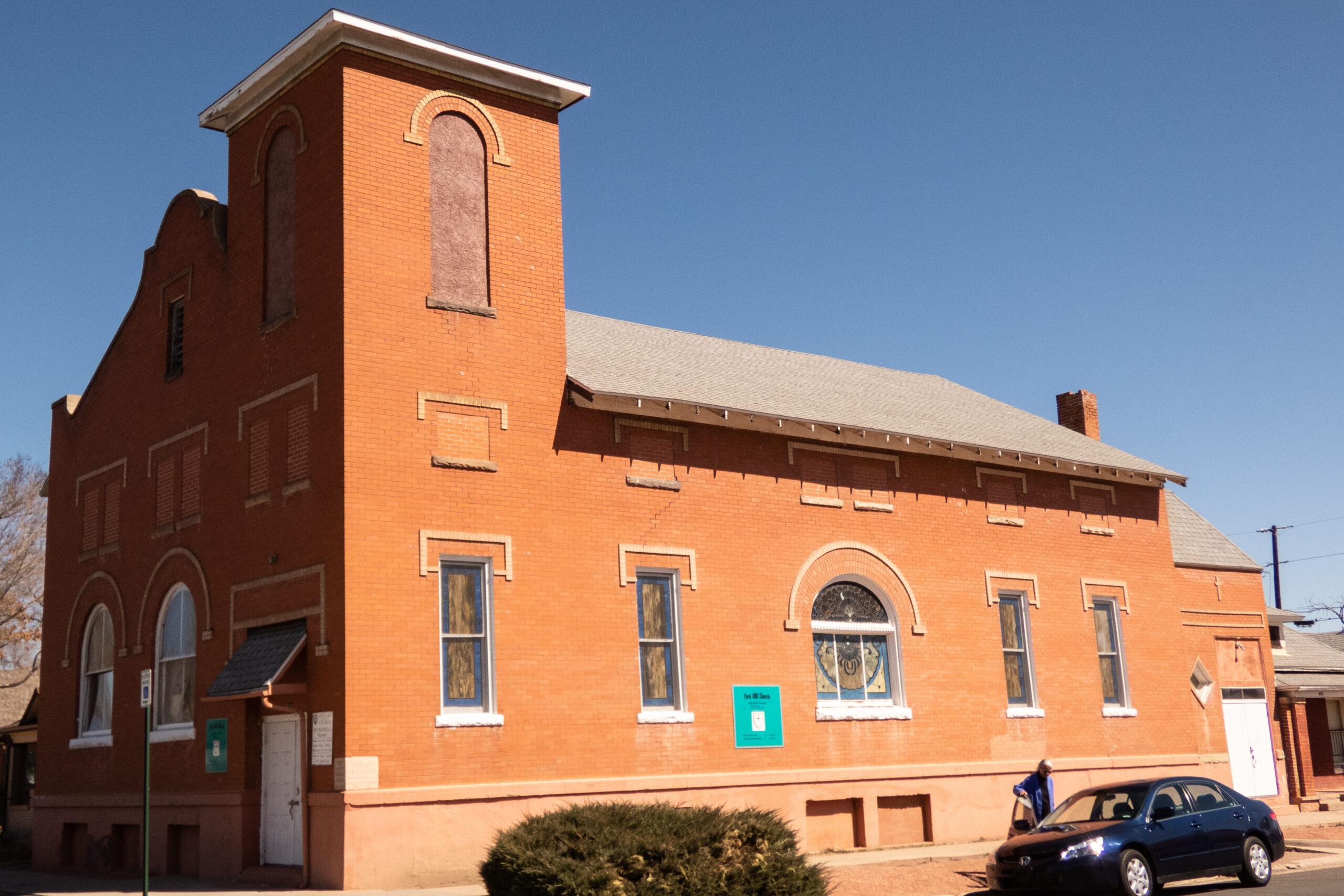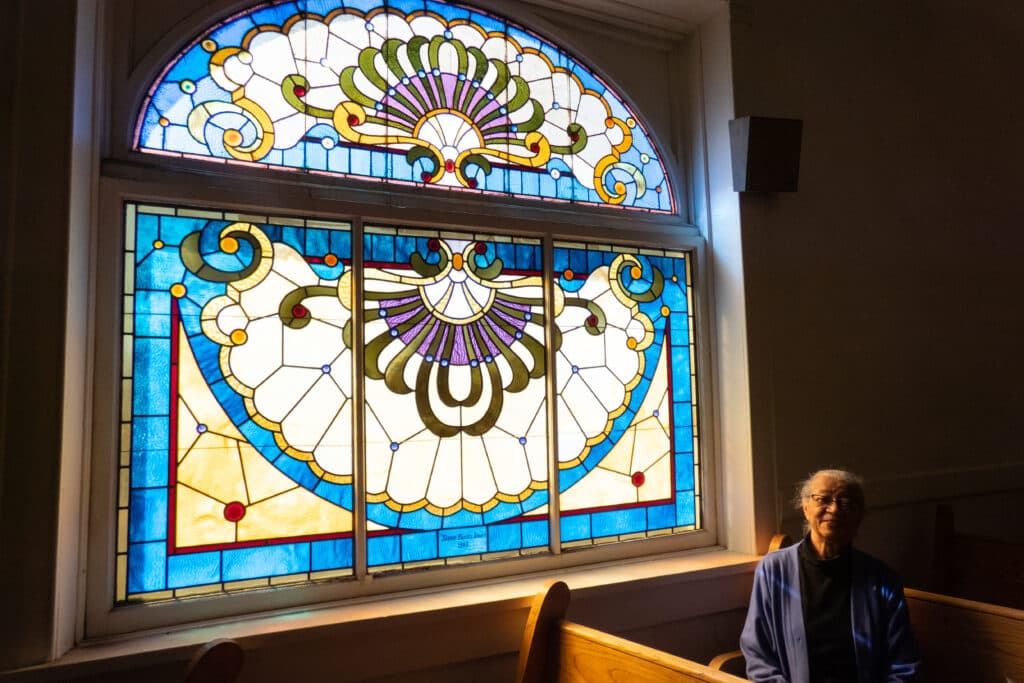
Members of Pueblo’s Black community built St. Paul’s African Methodist Episcopal (AME) Church on a street corner in Bessemer on the city's south side in 1915. Now, more than a century later, it's known as First AME Church and was just listed in the National Register of Historic Places.
Church Trustee Ann Batey said the red brick building tells of the strength of its founders and the Black community.
“It's history that often isn't written or explained or often received,” she said. “It's a testament to the beliefs, practices and the way of life of very humble people.”
She noted that the church’s cornerstone was carved by a formerly enslaved stone mason, who was influential in its construction.

Throughout its history, the church has hosted local NAACP meetings and other important events for the Black community, according to the application for the national historic registry. That includes the 1917 meeting of the Colored Women’s Clubs of Colorado and a gathering of the Negro Business and Civic League in 1919.
The mission-revival style building was also listed in the 1951 Negro Motorist Green Book that served as a guide for Black travelers in the United States. Hundreds of people filled the church's wooden pews during that era, but now the aging congregation only numbers a few dozen.
Like many people who moved to Pueblo in the late 1800s and early 1900s, some of Batey’s forebears worked in the nearby Colorado Fuel and Iron steel mill and coal mines. Every week when she attends Sunday services, she sits in the same spot on the third-row pew where her grandfather used to sit and she remembers being baptized at age 12 near the altar that still stands in the front of the church.

During the 1970s St. Paul’s combined with another Pueblo AME church, St. Johns, to form one congregation called First AME Church housed in the Bessemer facility. A second cornerstone was installed in 2000 to reflect the merger.
The stately building and attached parsonage cottage need many repairs, so the trustees are applying for a grant to hire a consultant to determine the extent of the work required. Batey said new state and local designations will help the congregation apply for funding to preserve their church, in addition to resources from the national listing.
“We were all elated,” Batey said, describing when they were notified that their National Registry of Historic Places application was approved. “I was on pins and needles waiting. It's something that's very meaningful because it recognizes our contribution to the building of this country.
The congregation is planning a celebration of all the new designations in late May.


Related coverage
- Plans Are Underway To Restore Pueblo’s Historic Keating School
- Nearly $1.8 million in state historic funds coming to Southeastern Colorado to support rural communities and diversity
- Once Listed In Green Book, Pueblo’s Coronado Motel Gains National Historic Status
- Pueblo’s Old Steel Mill Headquarters Becomes Colorado’s 26th National Historic Landmark








